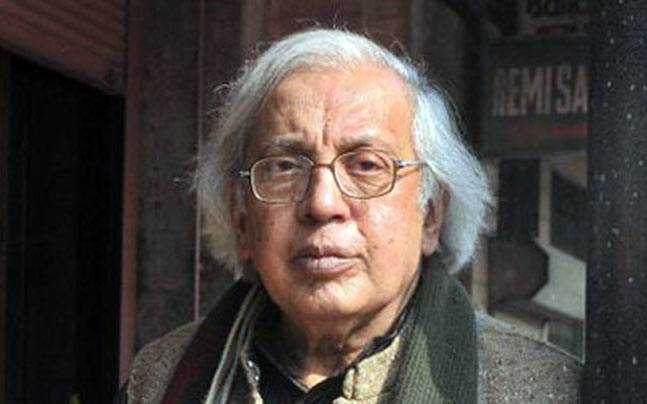NEW DELHI, Jan 25: Speaking lies to people is “more tempting” than speaking truth to power, eminent poet Ashok Vajpeyi said as he accused the Hindi language media of spreading most “lies” and “fake news”.
Vajpeyi, who was speaking at the release of writer-journalist Mirnal Pande’s book “The Journey of Hindi Language Journalism in India” on Tuesday, said the Hindi media and Hindi society have seemingly “collapsed” and “deviated radically” from their own traditions in culture and literature.
“Speaking truth to power is a very catchy phrase, speaking lies to people is more tempting. And I think Hindi media by and large today is speaking lies to the people, rather than daring to speak truth to the power…. Most of the fakeness, fake news, lies and hatred are being spread through Hindi media,” alleged Vajpeyi.
The 82-year-old said the “communalising” and “polarisation” of the Hindi language media was underscored in the Press Council of India (PCI) report examining the role of the press, and the role of the authorities in dealing with the press relating to the coverage of the Ramjanmabhoomi-Babri Masjid issue.
He even accused the Hindi media of parroting names and using the description “given by politicians”, for instance the term “Award Wapsi Gang”.
“This was a term given by politicians. But all media channels and newspapers have taken it as if this is the proper authentic description of a group of people who have dared to give away their awards against intolerance,” he said.
The award wapsi gang was a reference to the writers, filmmakers and artistes who returned their awards, registering their protest against what they called was a “growing intolerance” in the country during the BJP regime.
Pande, veteran journalist and the author of the book, echoed the sentiments of Vajpeyi and argued that what we see today in the Hindi language media was in the making for a long time.
Claiming that a large proportion of people — as high as “90 per cent” — in the Hindi newsroom are from higher caste, the 76-year-old author said she has been writing about monitoring the Hindi language media since 1970s.
“It has unseen scenes of casteism, communalism, dialect specific resentment against each other. Please monitor it, beef it up and give it enough resources, and good professional staff to run it properly. Also, money, which is very important to run a media house,” she said, recalling her father’s saying “if you give peanuts, you get monkeys”.
Published by Orient BlackSwan, “The Journey of Hindi Language Journalism in India” deals with several issues about Hindi journalism — ranging from its history, growth to faultlines and the current status. (PTI)


